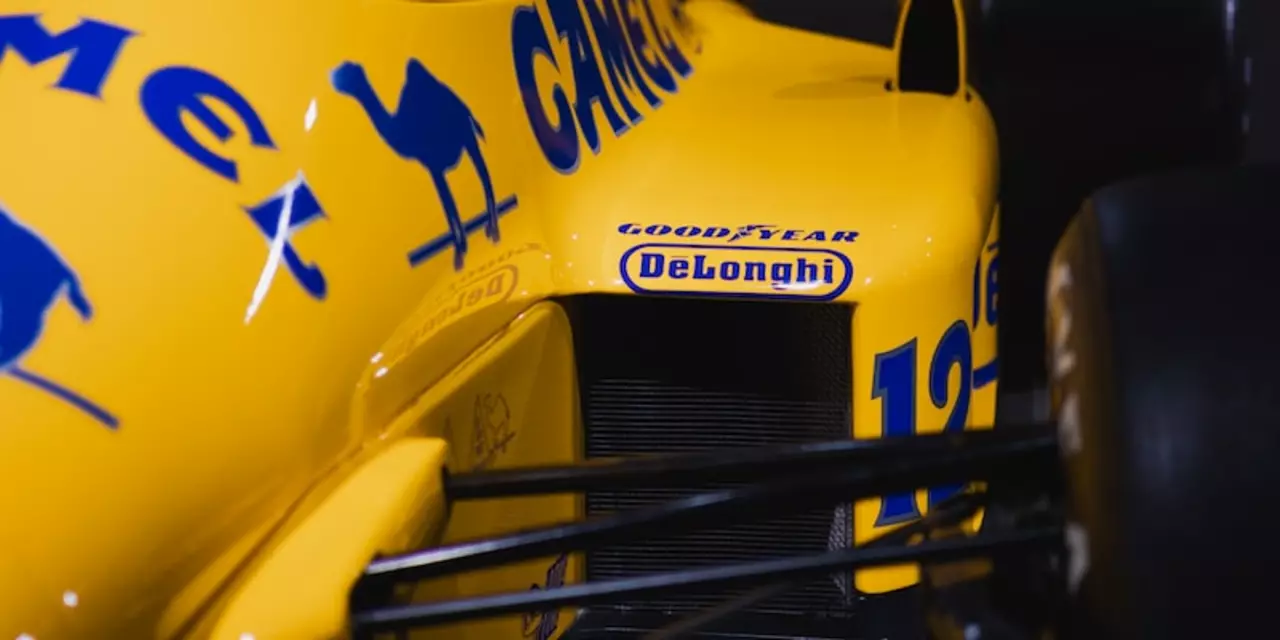Motorsport History: The Races, Drivers and Stories That Shaped Speed
When you think about racing, pictures of fast cars, cheering fans and dramatic finishes pop up instantly. But behind the roar lies a timeline packed with breakthroughs, heartbreaks and heroes. In this guide we’ll walk through the milestones that turned a hobby into a global obsession, and we’ll see why certain events—like the tragic loss of Ayrton Senna—still echo today.
From Gravel Tracks to Grand Prix Circuits
Motorsport didn’t start on polished tarmac. The first recorded races were simple sprints across open fields in France in the late 1800s. Drivers raced steam‑powered carriages, and the winner got a modest prize and bragging rights. As engines improved, cities built dedicated circuits. The 1906 French Grand Prix at Le Mans marked the birth of organized, long‑distance racing. It set the template: a closed track, timed laps and fierce competition among manufacturers.
These early events sparked a rivalry that pushed tech forward. Engine designers learned to extract more power while keeping cars stable at high speed. That lesson carried over to other series, like the 1927 Indianapolis 500, where American engineers proved that durability could win over sheer speed. Each breakthrough fed the next, creating a feedback loop of innovation that still powers today’s hypercars.
Legends Who Redefined the Sport
Names like Juan Manuel Fangio, Jim Clark and Ayrton Senna aren’t just famous—they set new standards for talent and bravery. Fangio’s five World Championships in the 1950s showed that consistency beats flash. Clark’s flawless 1965 season proved that precision can dominate raw aggression. And Senna? His mastery of wet‑track driving made him a myth. The Brazilian’s ability to extract every ounce of grip from a slick surface turned rain‑soaked races into epic battles.
Senna’s impact went beyond lap times. He demanded safety upgrades, pushing organizers to improve barriers, helmets and medical response. His tragic crash at the 1994 San Marino Grand Prix forced the sport to confront its risks head‑on. After that day, Formula One introduced better crash structures, wheel‑tether systems and stricter circuit inspections. In short, Senna’s death reshaped the safety culture of every top‑level series.
Beyond Formula One, drivers like Dale Earnhardt in NASCAR or Sue Miller in rallying added their own chapters. Each story blends personal grit with technological progress, showing that motorsport isn’t just about machines—it’s about the people who push them.
Looking ahead, the sport keeps evolving. Electric series like Formula E and off‑road endurance events are writing the next pages of history. But the core thrill stays the same: a blend of speed, skill and a dash of danger that keeps fans on the edge of their seats.
So whether you’re new to racing or a longtime fan, remembering the milestones—like the early Grand Prix road tests, the rise of legendary drivers, and the safety reforms sparked by Senna’s 1994 tragedy—helps you appreciate why motorsport history matters. It’s a reminder that every lap today rides on the stories of the past.
